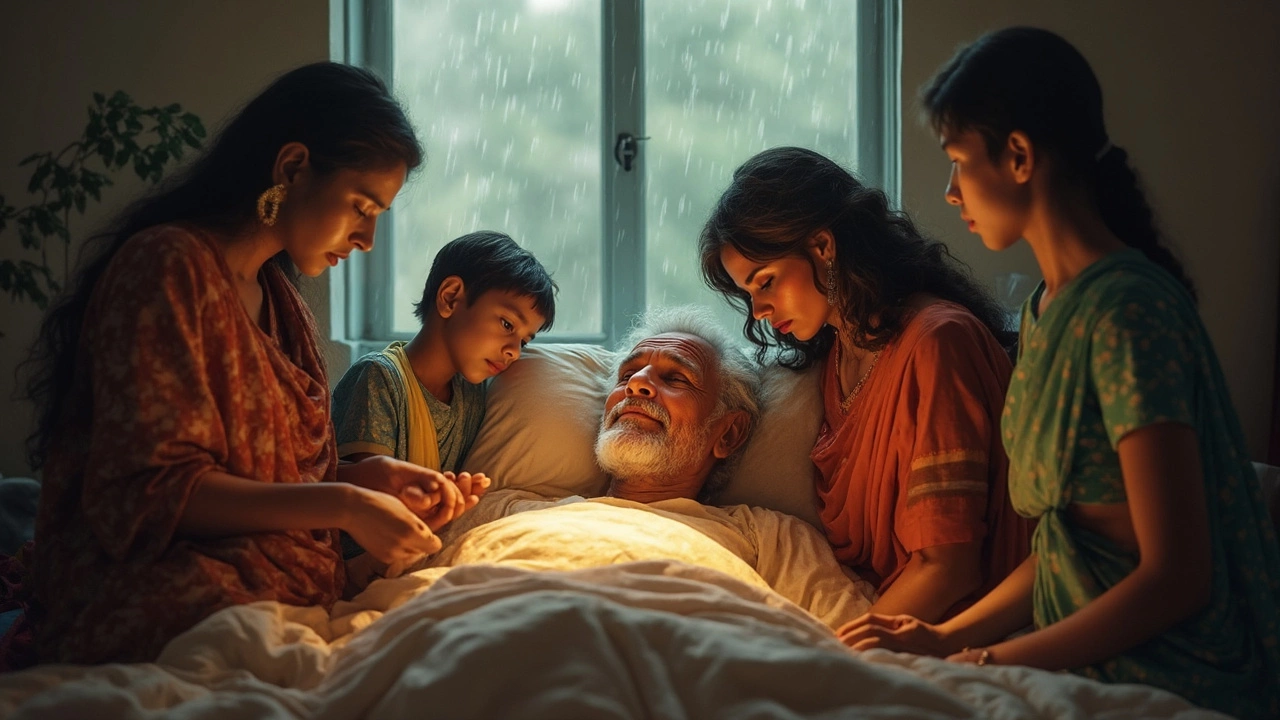Cancer: Essential Facts, Risks, Detection & Treatment
When talking about Cancer, a group of diseases where abnormal cells grow unchecked and can spread to other parts of the body, it's easy to feel overwhelmed. Also known as malignant disease, it impacts millions worldwide and touches every age group. One key player in this landscape is Undetected Cancer, which often lurks without symptoms until it reaches an advanced stage. Then there's Curable Cancers, a subset where early intervention and proper therapy can lead to full recovery. Finally, Cancer Screening acts as the first line of defense, catching problems before they grow. Together these pieces form a web: Cancer encompasses undetected cases, requires screening, and offers curable options when caught early.
Why Early Detection Changes the Game
Most people assume Cancer Survival hinges solely on luck, but data shows a clear pattern: early detection dramatically boosts survival odds. Screening tools like mammograms, colonoscopies, and low‑dose CT scans serve as checkpoints that turn a silent threat into a treatable condition. For example, breast cancer detected at stage I has a 99% five‑year survival rate, while the same cancer found at stage IV drops below 30%. This contrast illustrates the semantic triple, "Early cancer screening improves cancer survival." Moreover, when curable cancers such as certain lymphomas or early‑stage skin cancers are identified promptly, standard treatments—surgery, radiation, or targeted therapy—can eradicate the disease entirely. The relationship is simple: the sooner the screen, the higher the chance of a cure, and the better the quality of life after treatment.
Beyond medical tests, lifestyle choices play a supporting role. Maintaining a balanced diet, staying active, and avoiding tobacco reduce the risk of many cancer types, acting as a preventive layer before screening even begins. Understanding risk factors helps patients and families prioritize screenings that matter most for their personal profile. In practice, this means scheduling regular check‑ups, staying informed about new screening guidelines, and asking doctors about the most effective tests for one's age and family history. All these steps create a proactive environment where cancer is less likely to slip past unnoticed. Below you’ll find a curated set of articles that dive deeper into topics like undetected cancer timelines, the reality of curable cancers, practical screening advice, and survival strategies—each designed to turn complex information into clear, actionable insight.
